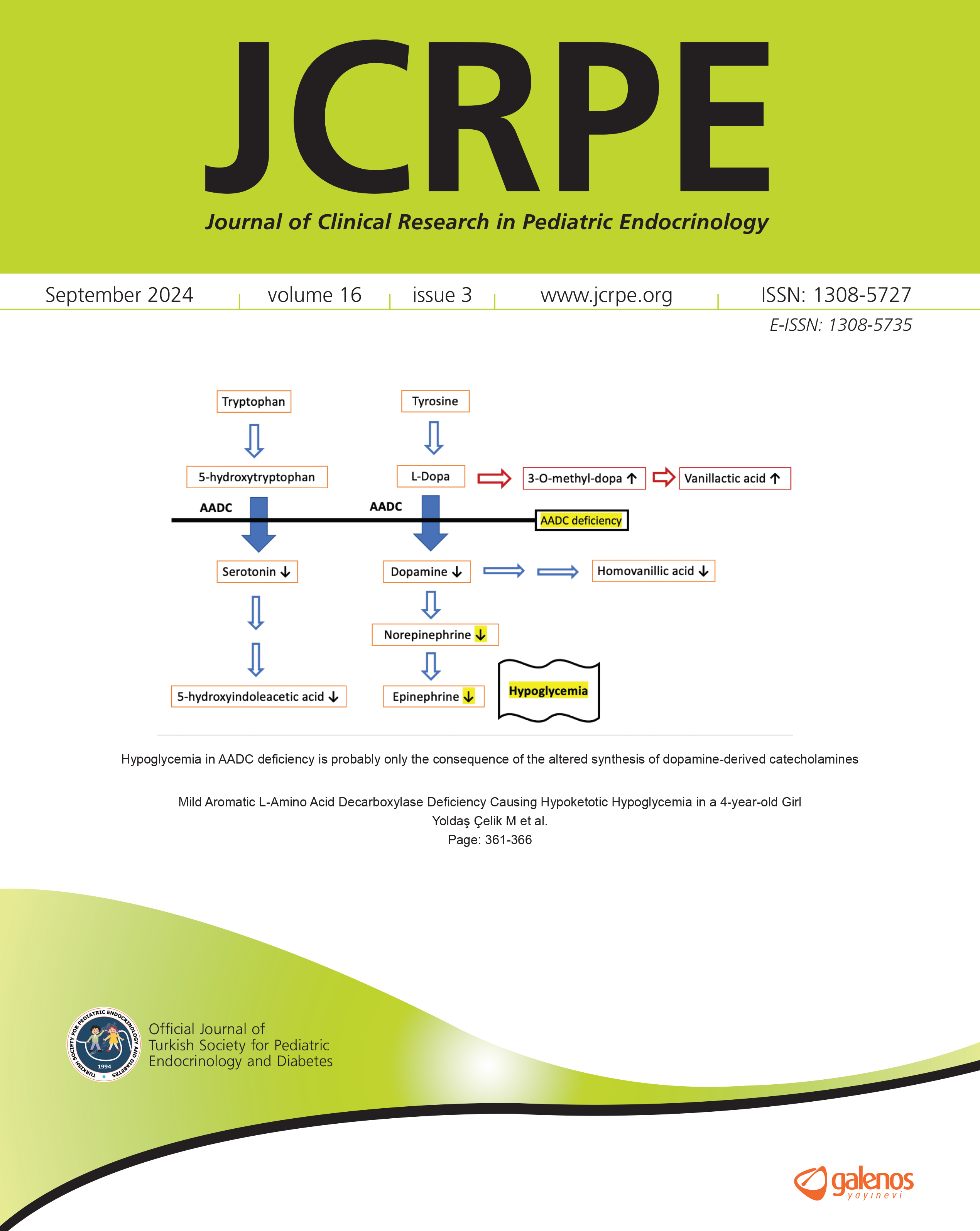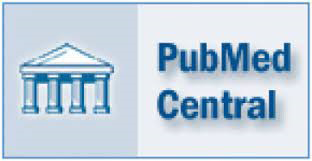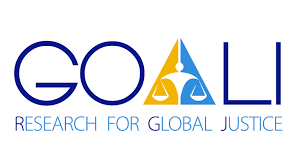Predictors and Trends of Diabetic Ketoacidosis at Diagnosis of Type 1 Diabetes Mellitus in Malaysian Children
Meenal Mavinkurve1, Nurul Hanis Ramzi2, Muhammad Yazid Bin Jalaludin3, Nurshadia Samingan3, Azriyanti Anuar Zaini31Department of Paediatrics, School of Medicine, International Medical University, Jalan Rasah, Seremban2Institute for Research, Development and Innovation, International Medical University, Jalan Jalil Perkasa, Bukit Jalil, KL
3Department of Paediatrics, Faculty of Medicine, Universiti Malaya, Kuala Lumpur
INTRODUCTION: Previous reports indicate that diabetic ketoacidosis (pDKA) rates in Malaysian children with type 1 diabetes range between 54- 75%, which is higher than most European nations. Knowledge of trends and predictors of DKA can be helpful to inform measures to lower the rates of DKA. However, this data is lacking in Malaysian children. Hence, the aim of this study was to determine the predictors and trends of pDKA in Malaysian children at the initial diagnosis of T1DM.
METHODS: This cross-sectional study examined demographic, clinical and biochemical data of all newly diagnosed Malaysian children aged 0-18 years with T1DM over 11 years from a single centre. Regression analyses determined the predictors and trends.
RESULTS: The overall pDKA rate was 73.2%, of which 54.9% were severe DKA. Age ≥5 years (OR 12.29, 95% CI 1.58, 95.58, p= 0.017) and misdiagnosis (OR 3.73, 95% CI 1.36, 10.24 p=0.01) were significant predictors of a DKA presentation. No significant trends in the annual rates of DKA, severe DKA nor children <5 years presenting with DKA were found over the 11-years study period.
DISCUSSION AND CONCLUSION: DKA rates at initial diagnosis of T1DM in Malaysian children are high and severe DKA accounts for a significant burden. Though misdiagnosis and age ≥5 years are predictors of DKA, misdiagnosis can be improved through awareness and education. The lack of downward trends in DKA and severe DKA highlights the urgency to develop measures to curb its rates.
Manuscript Language: English



























